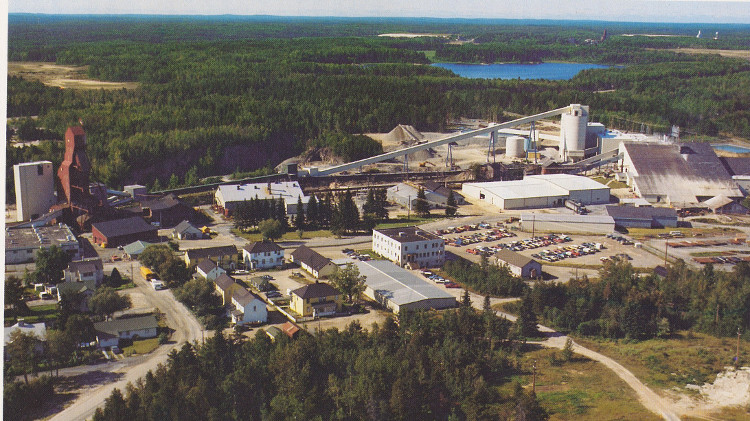In the 1970s, before every shift at the Quirke uranium mine in Ontario, Jim Hobbs and his co-workers were prompted to inhale aluminum dust—known as McIntyre Powder—that was thought to protect them against silicosis, a lung disease common to miners of the time.
This was routine daily practice at many of Ontario’s hard rock mines from 1943 to 1979, when it was discontinued following a CBC exposé that questioned its effectiveness.
Hobbs was diagnosed with Parkinson’s disease in 2001. It was only 10 years later that Janice Martell, Hobbs’s daughter, began investigating the potential connection between her father’s illness and McIntyre Powder. Martell followed up on a suggestion, given to her mother, that exposure to aluminum dust could have adverse neurological effects.
“I started thinking, ‘if you’re in there every day, and you’re breathing in something neurotoxic… I’m not a scientist, but maybe that’s what caused his Parkinson’s,’” said Martell, who noted that at the time, there had been very little research into the powder.
This moment of curiosity from Martell sparked a decade-long journey into investigating the effects that McIntyre Powder may have had on other miners.
“My thought was that my dad can’t be the only one struggling,” Martell said. “I wanted to reach out to other mine workers who were exposed to this [powder] to see what kinds of health issues they have, because it clearly hadn’t been looked at.”
Martell founded the McIntyre Powder Project in 2015, a volunteer registry to document the health issues of miners who were exposed to McIntyre Powder; she estimates that tens of thousands of miners in Ontario could have been exposed.
Now, Martell’s registry has over 700 entries, mainly gathered through interviews she conducted in Timmins, Sudbury and other mining towns in northern Ontario. However, 117 miners have died since being logged into the registry; including Hobbs, who died in 2017 after a 16-year battle with Parkinson’s.
“I made them a promise that their stories were not going to die with me, and I feel like it’s important that I carry their voices,” said Martell.
Due to Martell’s enduring advocacy, in 2017, Ontario’s Workplace Safety and Insurance Board (WSIB) commissioned a study by the Occupational Cancer Research Centre into McIntyre Powder. The results, published in 2020, found significant links between McIntyre Powder and Parkinson’s. Based on this study, in February 2022 the Ontario government officially recognized Parkinson’s as an occupational disease caused by McIntyre Powder. This means that miners exposed to McIntyre Powder who developed Parkinson’s are now guaranteed compensation by the WSIB.
For her work to have Parkinson’s formally recognized as an occupational disease, Martell was awarded the Ontario Medal for Good Citizenship in March 2025—the second highest civilian honour given to Ontario residents.
“It feels like there’s another level of legitimacy. I’ve been critical of the government, saying ‘You need to give an apology to these guys, and you shouldn’t have stood by while this happened.’ For them to recognize those efforts as worthy makes me feel really good,” said Martell.
Since then, recent studies have shown evidence that McIntyre Powder is linked to more health conditions, such as lung and cardiovascular diseases.
Martell’s priority remains to continue helping affected people to file claims, while spreading awareness, especially to the mining industry.
“I’m very proud that my dad was a miner,” she said. “There are times when it’s been tough to be proud of the mining industry because of decisions made, but I see movement. I applaud those efforts to make things better, and whatever I can do to support those efforts, I will.”




